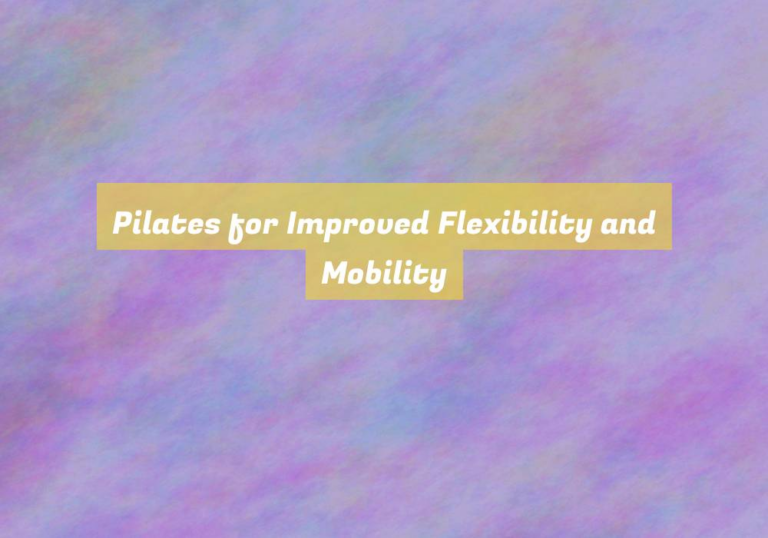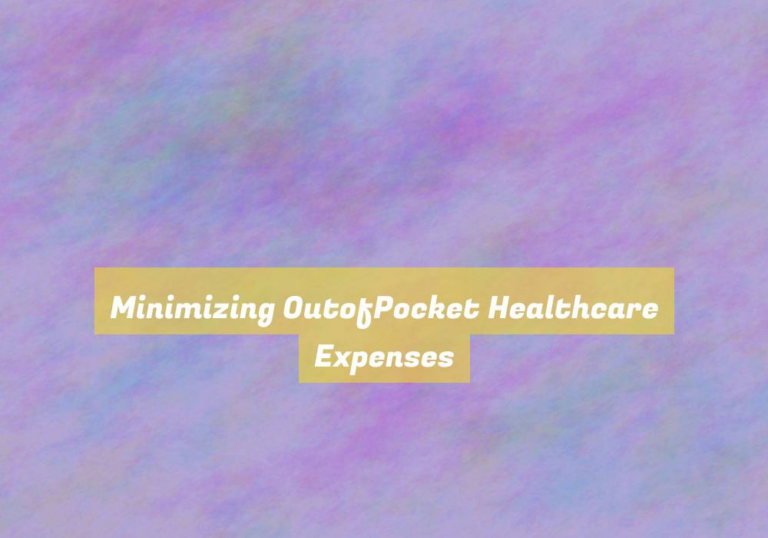Health Insurance and Coverage: Insurance Plans
If youG??ve ever felt like you were navigating a maze when it comes to understanding health insurance plans, youG??re not alone. With the array of options available, it can be overwhelming to know which plan is the best fit for your healthcare needs and budget.
However, fear not, because in this discussion, we will unravel the complexities of HMO, PPO, and high-deductible plans, as well as shed light on the intricacies of employer-sponsored coverage.
By the end, youG??ll have a clearer understanding of the various insurance plans and be better equipped to make an informed decision about your healthcare coverage.
Understanding HMO Plans
If you want a health insurance plan that requires you to choose a primary care physician and get referrals to see specialists, then you should consider an HMO plan. With an HMO (Health Maintenance Organization) plan, you select a primary care physician whoG??ll be your first point of contact for all your healthcare needs. This doctor will coordinate your care and provide referrals to see specialists within the network when necessary.
One of the key benefits of an HMO plan is its cost-effectiveness. Premiums for HMO plans are often lower compared to other types of health insurance plans, making them an attractive option for individuals and families looking to manage their healthcare expenses. Additionally, HMO plans typically have lower out-of-pocket costs, making it easier to budget for healthcare expenses.
Another advantage of HMO plans is the emphasis on preventive care. These plans often cover a wide range of preventive services at no additional cost, encouraging members to prioritize their overall health and well-being. By focusing on preventive care, HMO plans aim to keep their members healthy and minimize the need for more costly treatments down the line.
Exploring PPO Options
When considering your health insurance options, exploring PPO plans provides flexibility and choice in selecting healthcare providers.
Preferred Provider Organization (PPO) plans offer a wide network of healthcare providers, giving you the freedom to visit any doctor or specialist without a referral.
With a PPO plan, you have the flexibility to seek medical care from out-of-network providers, although it may come with higher out-of-pocket costs. This can be particularly beneficial if you have specific healthcare needs or prefer a particular doctor who may not be in the planG??s network.
Additionally, PPO plans typically donG??t require you to choose a primary care physician, allowing you to directly schedule appointments with specialists.
Another advantage of PPO plans is that they often cover a portion of the costs for out-of-network care, providing some financial assistance if you need to see a specialist who isnG??t in the planG??s network.
Evaluating High-Deductible Plans
Considering a high-deductible plan for your health insurance? High-deductible plans typically have lower monthly premiums but require you to pay a higher deductible before your insurance coverage kicks in.
When evaluating high-deductible plans, itG??s crucial to carefully consider your current health needs and potential future medical expenses. Assess your typical healthcare usage, including any ongoing prescriptions, treatments, or anticipated procedures.
High-deductible plans are often paired with health savings accounts (HSAs), which offer tax advantages and can be used to cover qualified medical expenses. Evaluate the out-of-pocket maximum, which limits the total amount youG??d have to pay for covered services in a year.
Compare the deductible and out-of-pocket maximum to ensure they align with your financial situation and ability to cover potential medical costs. Consider the network of providers available under the plan and whether your preferred healthcare providers are included.
Lastly, carefully review the coverage details for preventive care, prescription drugs, and specialist visits to ensure they meet your needs. Taking these factors into account will help you determine if a high-deductible plan is the right choice for you.
Comparing Employer-Sponsored Coverage
When comparing employer-sponsored health insurance coverage, assess the range of benefits and costs provided in relation to your individual healthcare needs. Start by reviewing the coverage options available. Consider the deductibles, copayments, and coinsurance for each plan. Evaluate the network of healthcare providers included in the plans and whether your preferred doctors and hospitals are part of the network. Take note of the prescription drug coverage and any limitations or restrictions.
Next, consider the out-of-pocket maximums for each plan. This is the maximum amount youG??ll have to pay for covered services in a plan year. Understand the different types of plans available, such as Health Maintenance Organization (HMO), Preferred Provider Organization (PPO), or High-Deductible Health Plan (HDHP). Each type has its own features and limitations that may impact your healthcare choices and costs. Compare the premiums for each plan, but also consider the total costs, including deductibles and copayments, to get a true picture of the financial impact.
Lastly, examine any additional benefits offered, such as wellness programs, telemedicine options, or maternity care coverage. By carefully weighing these factors, you can select the employer-sponsored coverage that best meets your healthcare needs and financial situation.
Conclusion
In conclusion, when it comes to health insurance and coverage, itG??s important to understand the different insurance plans available to you.
Whether itG??s an HMO plan, a PPO option, or a high-deductible plan, each type of coverage has its own pros and cons.
ItG??s also important to compare employer-sponsored coverage to ensure youG??re getting the best plan for your needs.
By evaluating your options, you can make an informed decision about your health insurance.






I found your discussion on navigating health insurance plans quite enlightening, particularly as I’ve experienced many of the same feelings of confusion when faced with the myriad of options. The distinction between HMO and PPO plans is especially significant for anyone trying to balance cost with the flexibility of care.